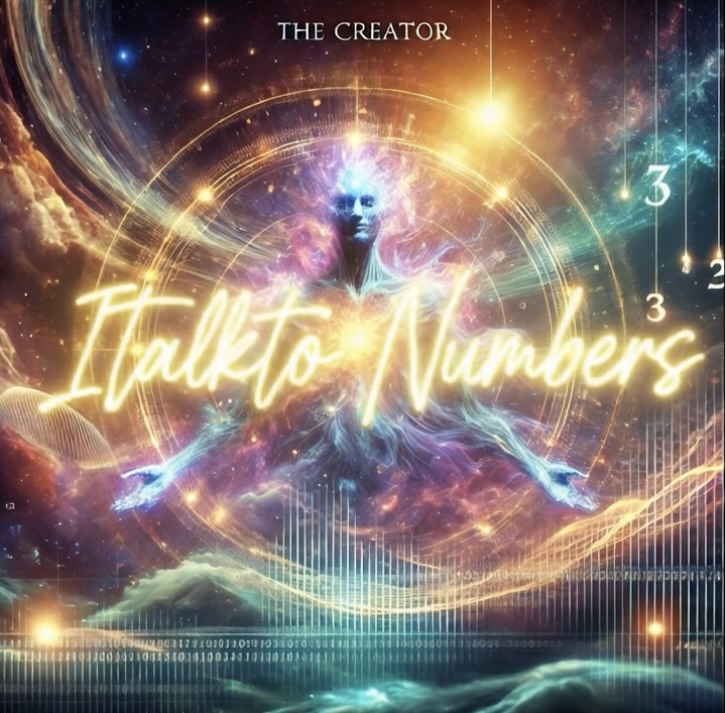
Google Opal – Google's No-Code AI Magic or Just a Shiny Experiment?
I. What if you could build an AI app just by talking to it?
Imagine a world where your app ideas spring to life simply by describing them. A world where lines of code are replaced with natural language. Sounds like a page from a sci-fi novel, doesn't it? Yet, Google is diligently trying to turn this vision into tangible reality.
Enter Google Opal – a bold experiment, a digital atelier if you will, aiming to democratize the creation of AI applications.
II. So, What Exactly IS Google Opal? (The Big Picture)
The Elevator Pitch:
Google Labs' latest brainchild: an experimental no-code AI builder.
Its Superpower:
To empower anyone, regardless of their technical prowess, to craft functional "mini-apps" through the sheer power of ordinary language. Forget specialized syntax!
How it Works (The Magic Behind the Curtain):
The process is alchemical in its simplicity. You articulate your app idea, painting a picture with words. Opal then interprets your vision, translating it into a visual workflow – a flowchart of interconnected actions. It leverages the power of Google's AI models, like Gemini, Imagen, and Veo, for intelligence, imagery, and video respectively. The output? A functional "mini-app," ready for immediate testing and sharing.
The Goal:
To place potent AI creation tools within reach of everyone, from marketing mavens to educators and burgeoning entrepreneurs.
III. A Blast from the Recent Past: Opal's Origin Story
Born in the Labs: Unveiled in late July 2025, Opal emerged as a public experiment from the depths of Google Labs, an incubator of innovation.
Joining the "No-Code" Revolution: This marks Google's significant foray into the rapidly expanding realm of no-code/low-code and natural language programming, positioning it alongside platforms like Microsoft's Power Platform.
The "Vibe Coding" Concept: Abandoning the constraints of rigid syntax, Opal embraces the concept of "vibe coding." You convey the essence, the feeling, the intention, and the AI interprets that, translating it into underlying logic. It represents a philosophical gamble on the power of natural language to define our digital future.
A US-Only Debut (For Now): The initial foray is a free public beta, currently exclusive to users residing within the United States.
IV. Shining Bright or Still Polishing? What People Are Saying
The Rave Reviews (The "Pros"):
Blazing Fast Prototyping: Witness the transformation of abstract idea into functional application in record time.
Incredibly Intuitive: Users are captivated by the visual workflow editor – an interface so clear, it invites exploration and refinement.
Google's Powerhouse Integration: Seamlessly integrated with Google Docs, Cloud, and leveraging Gemini, Imagen, and Veo AI models, it taps into a vast ecosystem of capabilities.
Automation Dream: A potent tool for automating small, repetitive tasks – think content generation, news summarization, or even simple calculators.
Empowering Everyone: A genuine democratization of AI development, removing barriers and opening doors for creators from all backgrounds.
The "Buts" and "Hmmms" (The "Cons"):
Mini-Apps, Mini-Scope: It's not designed for sprawling, complex enterprise systems demanding massive databases or handling millions of concurrent users.
Beta Bumps: As with any experiment, expect the occasional glitch, unexpected behavior, or template oddities.
Less Control, More Abstraction: Direct control over the underlying AI models is relinquished, which may frustrate power users seeking granular customization.
Missing Links: Absence of direct database connections, robust user authentication, and widespread third-party API integrations.
V. The Uncut Gems: Controversies and Debates
Who Owns What? (IP Headache): A perplexing question of intellectual property arises. If Google's AI constructs it, and Google hosts it, to whom does the application truly belong? This ambiguity could impede wider business adoption.
"Deskilling" or Empowering?: Concerns are raised that simplifying app creation might lead to users constructing sophisticated tools without a proper understanding of the underlying principles, potentially introducing errors or even diminishing the roles of traditional developers.
Is it Really "Coding"? Many argue that Opal generates visual diagrams, not deployable code. Is it truly an AI app builder or simply a sophisticated automation tool akin to Zapier?
The "Google Graveyard" Fear: Google's history of launching innovative projects, only to later discontinue them, looms large. Is Opal destined for a similar fate?
Vendor Lock-In Blues: Applications are currently bound to the Google ecosystem, lacking options for code export, raising concerns about long-term dependency.
Usability Quirks: Despite the interface's elegance, some users find the process of connecting nodes and refining logic to be surprisingly intricate, almost requiring an "engineering degree" to master this supposed no-code tool.
Hallucination Happens: Even the powerful Gemini AI can occasionally err, providing inaccurate information.
Beyond the Code: Broader ethical considerations arise concerning Google's AI practices, data privacy, and the potential societal implications of making developers seemingly optional.
VI. Polishing for the Future: What's Next for Google Opal?
Global Domination: A worldwide expansion beyond the United States is undoubtedly in the works.
More Power, More Control: Expect support for more intricate business logic, external database connections, and deeper customization capabilities.
Open Up the Ecosystem: Plans are in place for API access to integrate with external services and embed codes to incorporate Opal applications into any website.
App Marketplace Mania: Envision a marketplace where creators can offer and trade their ingenious mini-applications!
Smarter, Faster, Stronger: Continuous refinement based on user feedback, streamlined editing capabilities, and enhanced AI output quality are ongoing.
Addressing the Gaps: Google is most likely developing solutions for custom domains, code export, and robust enterprise features to overcome the perception of limited scope.
VII. The Opal Verdict: A Glimpse into the AI-Powered Future?
Google Opal is undoubtedly more than just a fleeting novelty; it represents a profound statement about the evolving relationship between humans and computers, and the future of application development.
While the project exhibits some imperfections and engenders debate, its potential to empower a new wave of creators is undeniable.
Keep a watchful eye on this experimental gem – it might just reshape our understanding of "building" in the age of artificial intelligence.
